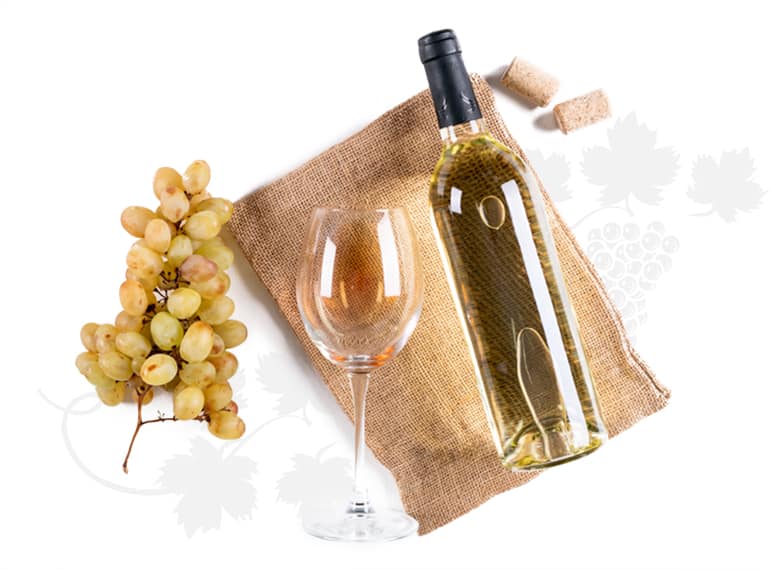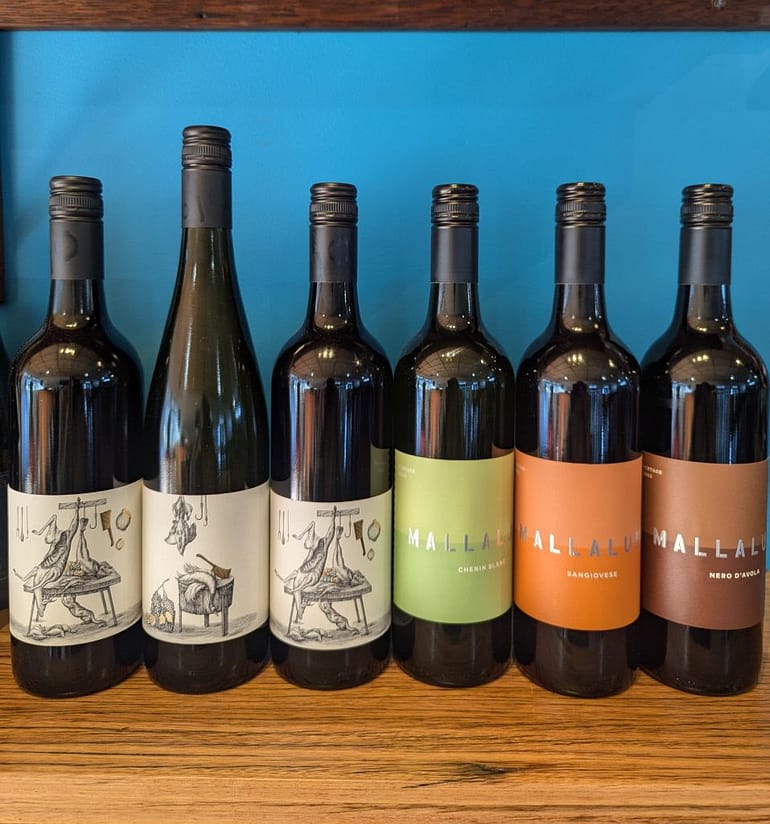There are lots of labels thrown around in the wine world these days…organic…biodynamic…natural… but lots of wine drinkers are confused. If your eyes have already glazed over with the complexity of the wine vocabulary, more technical terms can feel like an overload. So, let’s get clear and simple. In general, all of these terms refer to using less intervention in the vineyard and in the cellar and to protecting and enriching the soil. For simplicity sake, you can think of “organic” to “natural” as a range with “biodynamic” somewhere in the middle even though there can be overlap. (Some wines are organic, biodynamic and natural all at once.)
Organic wine
Organic wine refers first and foremost to the grapes and is certified by the EU. The label means that no products have been used to treat the vines other than sulfur and copper (two traditional means of protecting the vines against various types of mold primarily). In the cellar, certain processes are still allowed such as heating, using commercial yeasts for fermentation, adding gum, acids, tannins, clarification and thinning agents etc.

Biodynamic wine
Biodynamic Wine is certified by the Demeter Association, whose principles are founded on a series of lectures given by Rudolf Steiner in 1921. Steiner foresaw the problems of industrial agriculture, especially the way it depleted the soil and weakened plants making them vulnerable to disease and insects. At its most basic level, biodynamic agricultural methods enrich the soil and fortify plants through natural means. But Steiner’s approach is much broader in the sense that it also has an energetic/spiritual component based on the concept that everything in the cosmos is connected, that all are one.
Natural wine
Natural Wine cannot be certified. This self-proclaimed label means that nothing has been added or subtracted in the vineyard or in the cellar except possibly a small amount of sulfites at bottling. In Italy, the VInNatur Association is a group of natural wine producers, who submit their wines for testing to assure that they contain no traces of chemical fertilizers, pesticides, fungicides, herbicides, etc. nor do they contain cellar additives. (There are 60 additives/processes permitted in the making of conventional wine.)
Orange wine
One kind of “natural” wine that is becoming very popular is “orange wine”. This refers to white wine, which has been made with “skin contact”. Normally, the skins, which contain tannins and color, are separated immediately from the “must” (grape juice). When they remain, the white wine becomes a dark amber or even orange in color and has tannins (normally found only in red wine). Allowing skin contact turns out to be natural anti-bacterial protection meaning that “orange wines” typically have little or no sulfites added. With these general definitions in mind, the best way to understand these wines is to start drinking them. There is such a huge gamut of diversity that it would be impossible to categorize “organic”, “biodynamic” or “natural” in any structured way. There are great wines made with these methods and not-so-great wines as well. It’s all a matter of taste!
You can find a huge selection of organic, biodynamic, and natural wines at Winebuyers – simply pop what you want into the search bar and start exploring.






